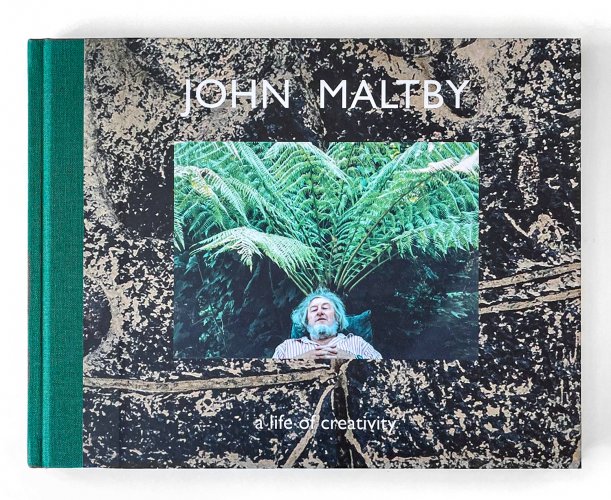John Maltby 1936-2020 was one of Britain's most respected and collected artists. He was born in Lincolnshire in 1936. He studied sculpture at Leicester and at Goldsmith's College, London. He then taught painting for two and a half years before working with David Leach at Bovey Tracey (1962-1964), whose imagination and philosophy made a profound impression. In 1964, he started his own workshop in Devon.


John Maltby is widely represented in a number of public collections, including the V&A in London and others in Edinburgh, Aberystwyth, Belfast, Exeter, Leicester, and Faenza in Italy and Hamburg in Germany. He exhibited widely in the UK, Europe and USA.
The subject matter of much of John's work is inspired by the English tradition; our landscape and our weather, our myths and legends with figures of kings and queens and family groups appearing most often.
"The figures themselves - mostly queens, kings and angels, seem to represent a pure and ideal world and radiate great dignity….They are imbued with a cautious love of life - This makes (Maltby's) art timeless, deeply human and at the same time comforting."
Rudolf Strasser, Collector